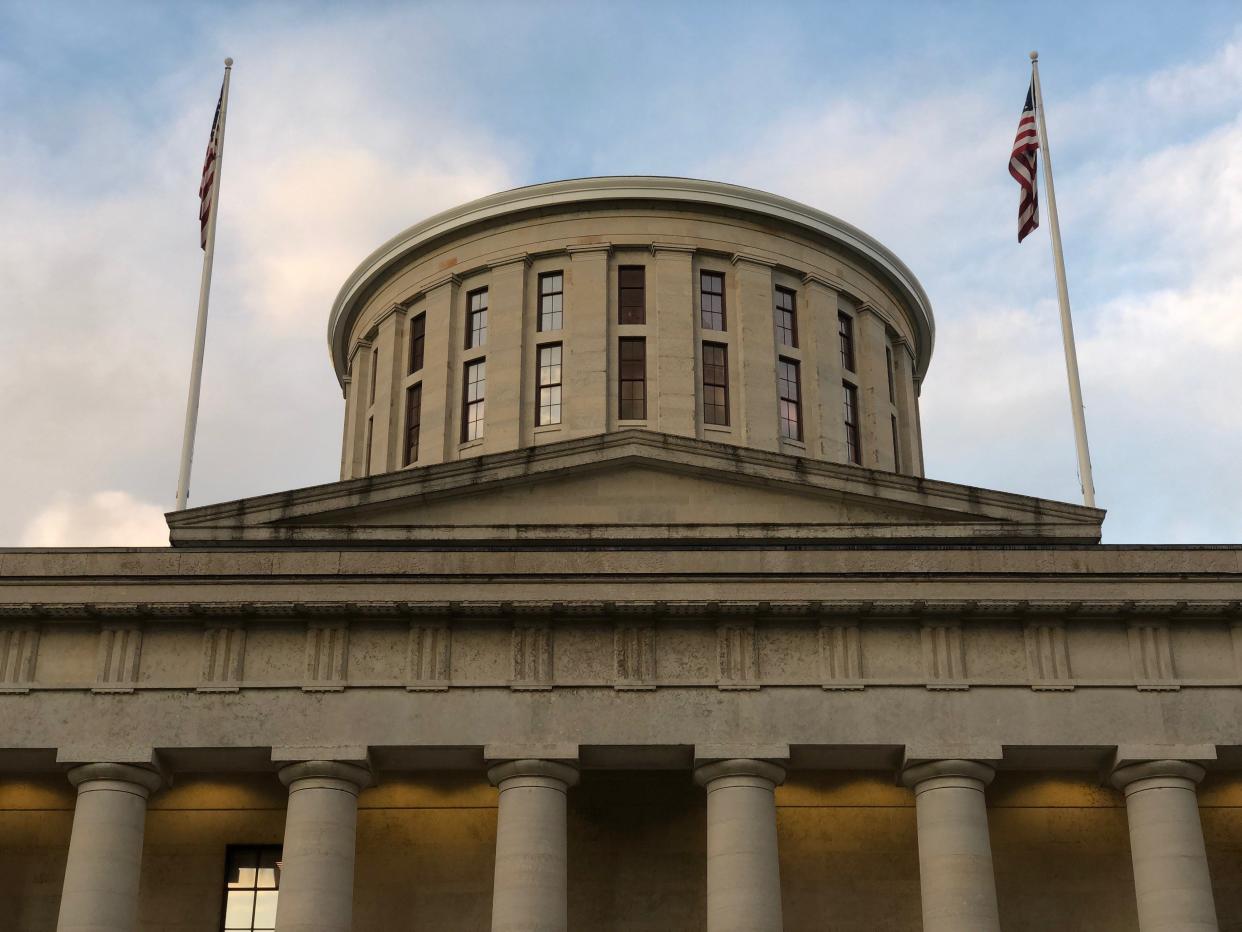Ohio legislature could be redesigned to ensure fair districts | Guest opinion

The time is fraught. The distance between “left” and “right” seems unbridgeable. What is more, our political parties have used modest majorities in states to enhance their dominance through manipulation of voting districts via the gerrymander.
Much time and energy is spent trying to determine equitable ways to assure fair representation of our citizenry. And even assuming that both of the two dominant political parties in a state can agree to fairly design new electoral districts to make likely a proportional representation of each party in the legislature, how can a just government also assure that minorities, defined by any of a number of characteristics — race, religion, ethnicity, social or political preference, also receive fair treatment?
Hard enough as it is to generate voting district boundaries on the basis of two party political party affiliations, it is nearly impossible to assure equitable distribution of voters considering numerous additional lines. And establishing fair districts is difficult. On what characteristics does one assure equitable distribution of representatives? And how can dividing a state into multiple districts assure fair representation of minority populations overall?

Dividing a state into multiple representative districts offers citizens in each district community the opportunity to have a representative in a legislature who is directly answerable to the community and who depends upon community voters for election and perhaps reelection. The political struggle for districting is contentious as well as technically difficult.
It’s not surprising that political parties, differing as much as the Democrats and Republicans do, will fight tooth and nail to gain every possible advantage by arranging voting districts to favor themselves. Somehow this needs to be fixed and several states are trying desperately to do so. Right now, states including Ohio, Alabama, North Carolina and New York are unquestionably gerrymandered to favor one party or another.
This said, it’s not easy to fairly design districts. Not only are the designers asked to assure fairness on the basis of political orientation but often on the basis of racial diversity. It’s clear also that the more variables you put into the design of redistricting to assure fairness, the more difficult it becomes to deal fairly with all. So what of the minorities in each district who may comprise as many as one-third the population in a state but cannot reasonably expect to always or even ever have a district representative responsive to their particular needs?
On the one hand, there is the reasonable expectation that communities have as their representatives individuals who specifically can be responsive to local interests and needs. Yet with regional representation comes the inevitable disenfranchising of smaller groups who may not be able to muster sufficient support for any representative supportive of their interest in any district.
This tension could be resolved by implementing the following scheme:
Bicameral legislatures can be redesigned to ensure fairness. Each state with a bicameral legislature could have one body that represents regional districts. While difficult, nonpartisan committees or bipartisan committees can be developed to draw district lines either reflective of the political distributions of the state or alternatively, without bias, by computer algorithm based on geographic regions and populations within.
In this scheme, the other legislative body contains only “at large” representatives elected by rank order voting. So for example, in a body with 40 statewide at-large representatives, even minorities representing as little as 3% of the voting population could, by banding together on Election Day, be assured of at least one representative of their choice. Larger minorities could, in principle, elect even more.
Effecting such a shift in our political structures will not be easy and it is likely that many elected officials will feel that their political futures are threatened by such a scheme but the government should be a government of the people — not just some of the people, but all of the people. The proposed scheme may not be perfect but it does assure a far more equitable distribution of representation than we have now.
Dr. Michael M. Lederman is a professor emeritus of medicine at Case Western Reserve University.
This article originally appeared on Akron Beacon Journal: Ohio could redesign legislature to ensure fair districts
